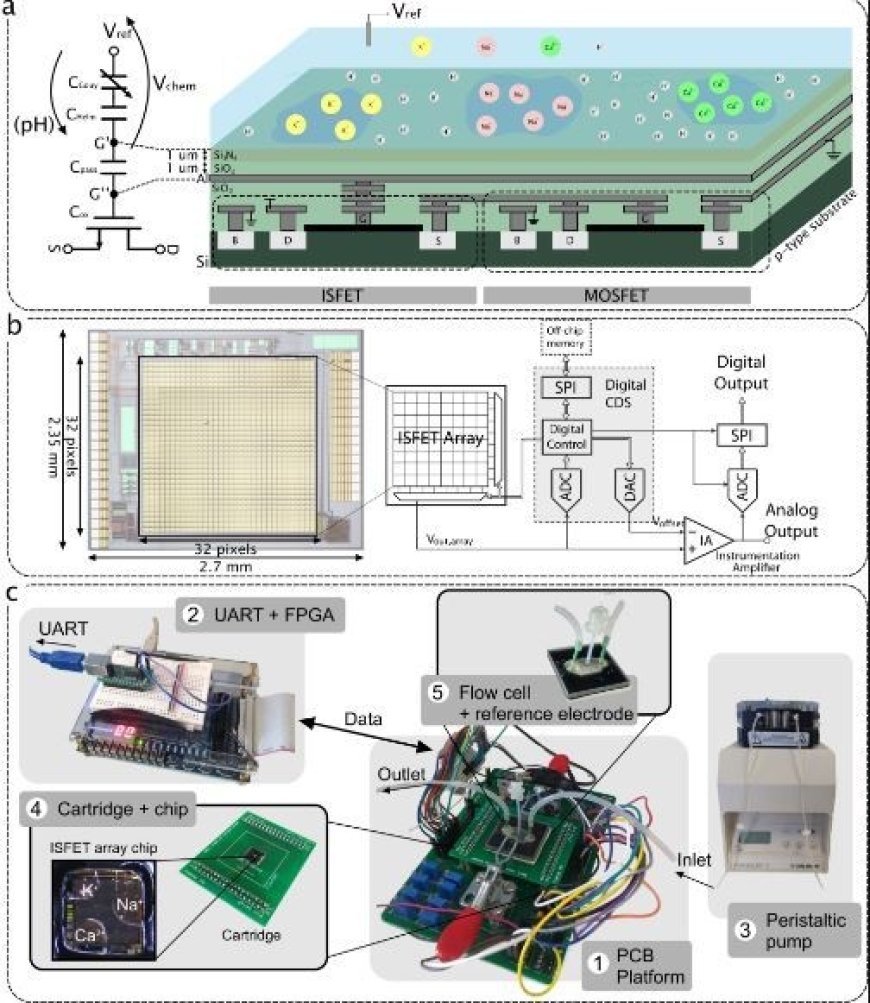COMPLEMENTARY METAL-OXIDE SEMICONDUCTOR (CMOS)
Power-Efficient Performance: CMOS - The Foundation of Modern Integrated Circuits!

Complementary metal-oxide semiconductor (CMOS)
- There is a type of semiconductor technology called complementary metal-oxide semiconductor (CMOS) that is used in most chips and microchips today.
- Metal-oxide semiconductor field-effect transistor (MOSFET) technology is what CMOS transistors are based on.
- Based on the voltage that is applied, MOSFETs change or boost the amount of electricity that flows between the source and sink contacts.
- In some situations, semiconductors used in MOSFETs let electricity flow, but not in others.
- In terms of how well it conducts electricity, a semiconductor is in the middle of a conductor and an insulator.
- It is usually made up of silicon and a number of elements that work together to create the right amount of conductivity. Si is not conductive when it is in its pure form.
- Doping is another word for the process of adding impurities to a material like silicon.
- To change how well something conducts electricity, semiconductor doping can be used in different amounts. However, factors like the particles used can also affect conductivity.
- These flaws are used in MOSFETs, and they depend on the type of semiconductor.
- There are two types of MOSFET semiconductors: p-type and n-type. For p-type semiconductors, gallium, indium, and boron are often used. For n-type semiconductors, phosphorus, arsenic, and bismuth are often used.
- The positively charged p-type semiconductor moves electricity through holes, which are electrons that don't have a partner.
- A hole has a positive charge that is the same as an electron's charge but faces it. They move in the opposite direction of the holes.
- There is a negative charge on the n-type semiconductor. There are negatively charged electrons moving through the semiconductor in this case.
What's Your Reaction?



































